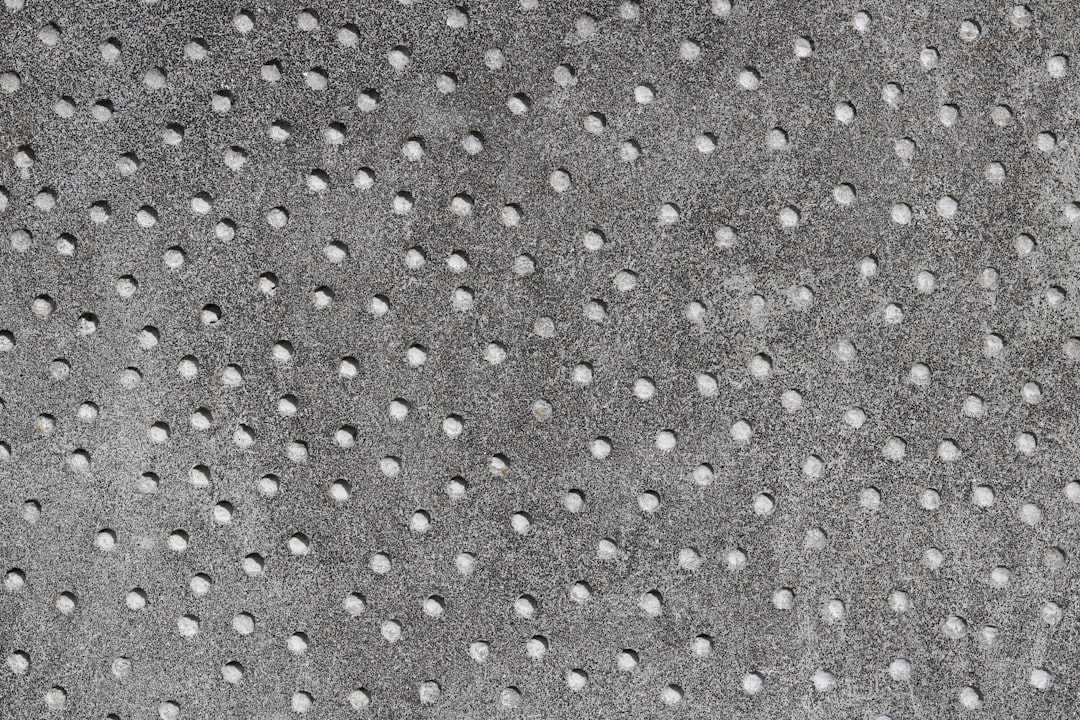What is it about?
There is a growing interest to impart multifunctionality to polymer composites by suitably tailoring their properties to cater the need of advanced engineering applications. Here, we demonstrate a strategy to engineer the interphase microstructure in carbon fiber/epoxy composites (CFRP) using carbon nanotubes (CNT). Three types of interphase microstructures are created using CNTs: (1) concentrated interpahse by growing CNTs on the surface of fiber, (2) dispersed interphase by mixing CNTs in matrix, and (3) mixed interpahse by the combination of above two strategies. It is shown that interphase designing using CNT is an excellent tool to accurately tailor the average interfacial properties of CFRP in a broad range of 16-79 MPa and 100-453 J m^{−2} for IFSS and Gic, respectively.
Featured Image

Photo by Jon Moore on Unsplash
Why is it important?
Apart from its constituents, the average properties of polymer composites depend on the size and properties of the interface/interphase surrounding the reinforcing filler. Consequently, designing the microstructure of interphase provides a tool to tailor the average mechanical properties of polymer composites as per the requirements of an application. However, to be able to use interphase engineering as a design tool, it is a prerequisite to establish the interfacial microstructure-property relationship. Here we report a quantitative analysis of interfacial shear strength (IFSS) and interfacial fracture toughness (Gic) as a function of interphase microstructure.
Perspectives
After quantifying the size of the CNT based interphase region in my previous publication (https://doi.org/10.1016/j.carbon.2018.02.059 ), this paper investigates thoroughly the inter-dependency of strength and fracture properties of a CNT based interphase and their rate sensitivity.
Mr Harpreet Singh Bedi
Indian Institute of Technology Ropar
Read the Original
This page is a summary of: Interphase engineering in carbon fiber/epoxy composites: Rate sensitivity of interfacial shear strength and interfacial fracture toughness, Polymer Composites, March 2020, Wiley,
DOI: 10.1002/pc.25577.
You can read the full text:
Contributors
The following have contributed to this page










